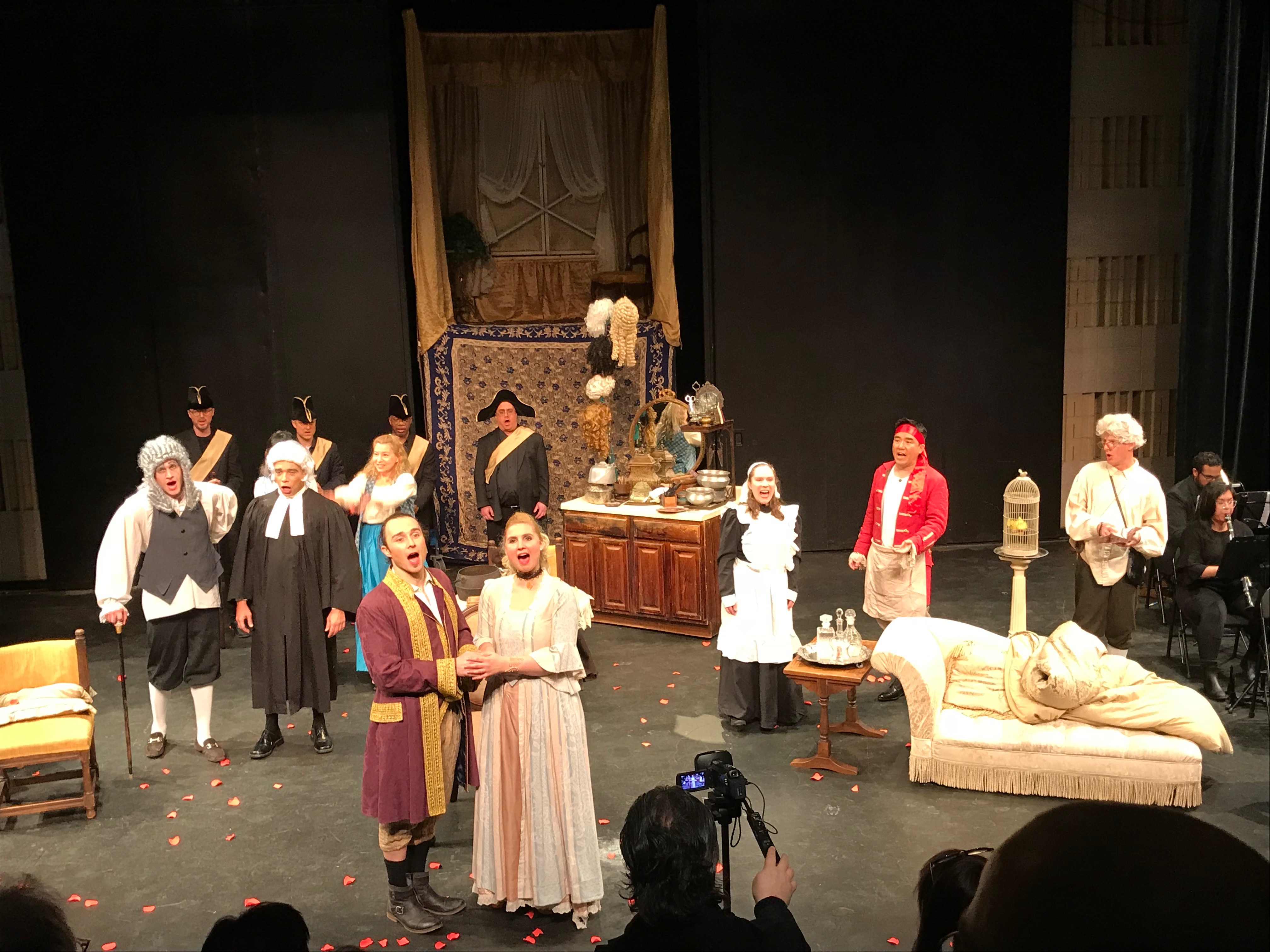Forest Hills is a beautiful, throwback community deep -but not too deep- into Queens, New York. The planned neighborhood was begun over a century ago. In contrast to much of New York City, Forest Hills is verdant and jealously protected. Even the streets are private. The cozy venue for the concert May 1st, hosted by Musica Reginae, was The Community House at the Church-in-the-Gardens. Parking passes were issued for concert goers to avoid strictly enforced towing. I was praised for my wisdom for taking the subway to avoid trouble. My secret is that I don’t own a car.
Do you know Klezmer music? I have heard it described as polka with “more garlic”. Lest you think I am casting aspersions, polka was the dominant popular music all over Europe in the 19th Century much like rock and roll dominated the 20th. Polka reached far and wide, and had a perfect “portable” ensemble. I have not studied the origins of Klezmer other than listening. The inter-song banter from the band leader, clarinet player, and emcee, David Krakauer, points to Eastern Europe as the source with a dominant presence in Romania and Ukraine. It is further distinguished from the popular music of it’s day by favoring minor keys and tweaked scales. In addition to polka’s band -accordion, tuba, trombone and clarinet with bass drum and cymbal- there is often a violin involved.
This quick caricature of Klezmer does not really set the stage for the concert that was played. The music reflected Krakauer’s take on the ensemble and genre. The band leader wailed on clarinet as the melody instrument. Michael Sarin was the rhythmic foundation on a paired-down drum kit featuring heavy use of floor tom. He also had a suspended cymbal just past the high hat which he attacked from a crouch. Jerome Harris contributed on a large acoustic bass guitar. He was the only member to sing and only on one tune Tribe Number 13; a florid, wordless melody without words which blossomed, unexpectedly and effortlessly, into multi-phonics – singing more than one note at a time which causes whistling and adds sparkle to the sound. In an evening of surprises, this was one of the most unexpected. Will Holshouser rounded out the band by playing accordion, acting as the orchestra. He also composed a bulgar (The Dusky Bulgar), a traditional song form and dance, which was on the set list.
Although the genre was stretched and played with, there was a lack of pretention and considerable ease. Think of the musical permutations affected by Piazzola through tango, Richard Galliano with musette or Bill Monroe with traditional mountain string bands. Krakauer described himself mid-concert as mostly “assimilated” in his youth and uninterested in Klezmer until his early thirties. The New York music scene was having a Klezmer and yiddish revival in the 1980’s in general, perhaps that is what piqued his interest. He revealed through his anecdotes throughout the evening that he was able to study the genre through early recordings and by eventually traveling to meet the old masters who were still around.
But what of the playing?! The playing was amazing from every performer. The sonic palate was varied and never dull. There were square grooves and funky grooves. Traditional Klezmer barn stormers and the self-described “Jackson Pollack”-like genre deconstruction of Tribe Number Thirteen. The bass fills were immaculate; the accordion hits sparse and perfect. There was so much space in the sound from every player which I admire and something I attempt in my own playing. Waiting for Julian, a drum solo by Michael Sarin, spoke, dazzled, and shimmered until… an interruption from a cell phone message. He smiled, and repeated the tones on drums (can you do that?) and incorporated the theme into the rest of the solo. And Krakauer…man! can he play clarinet. He is a true master of the instrument.
Throughout the concert, the room was full of bobbing, bopping heads. Women were half dancing in their seats the entire time and one lady in the back couldn’t restrain from dancing during the final number. I would love to see this band given the freedom to play for a room full of dancers.
David Krakauer and his Acoustic Klezmer Quartet- one of the best bands I have seen- and I have been on a live music tear lately. Master musicians, all. Although they have been around for nearly two decades, they haven’t played together for a year and a half! It’s a pity that I can’t convince you to catch a show over the next two weeks of their run. May 1st was a one-off performance. And amazingly, this isn’t Krakauer’s only project. Catch them when you can.














 The evening begins…
The evening begins…